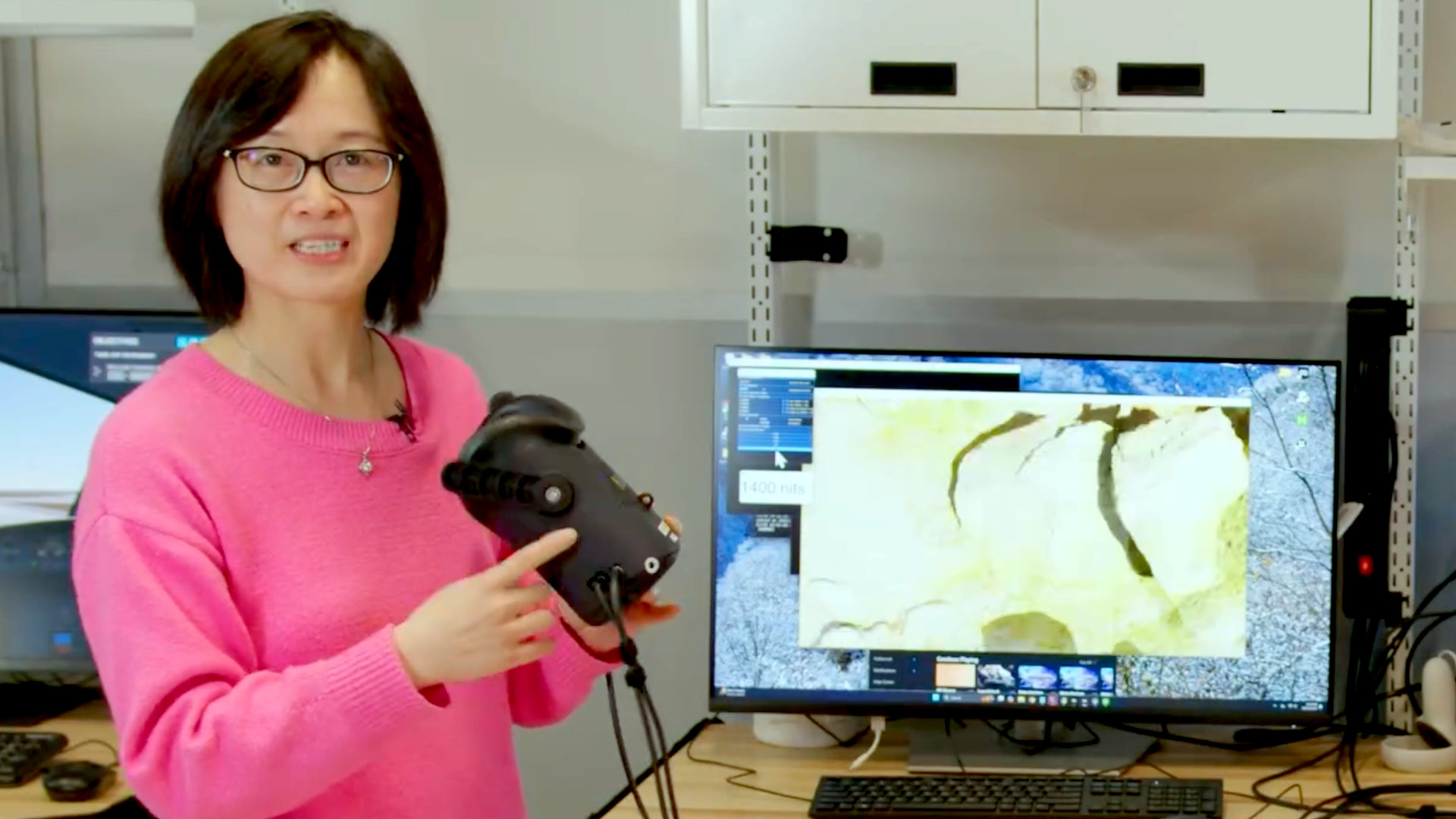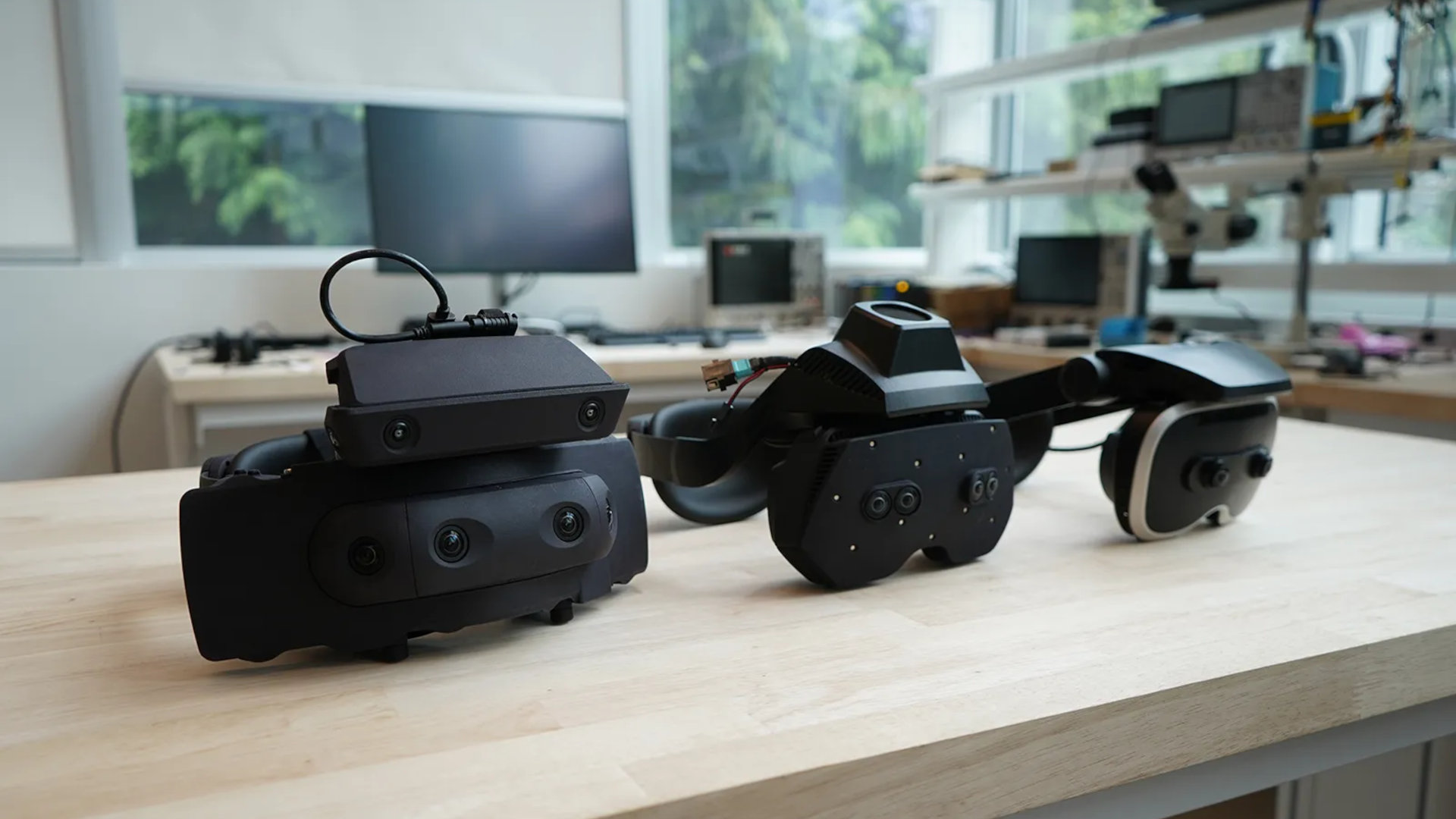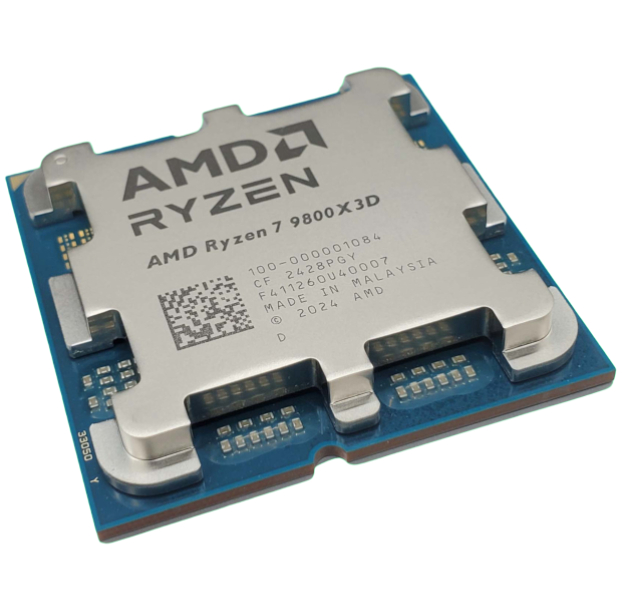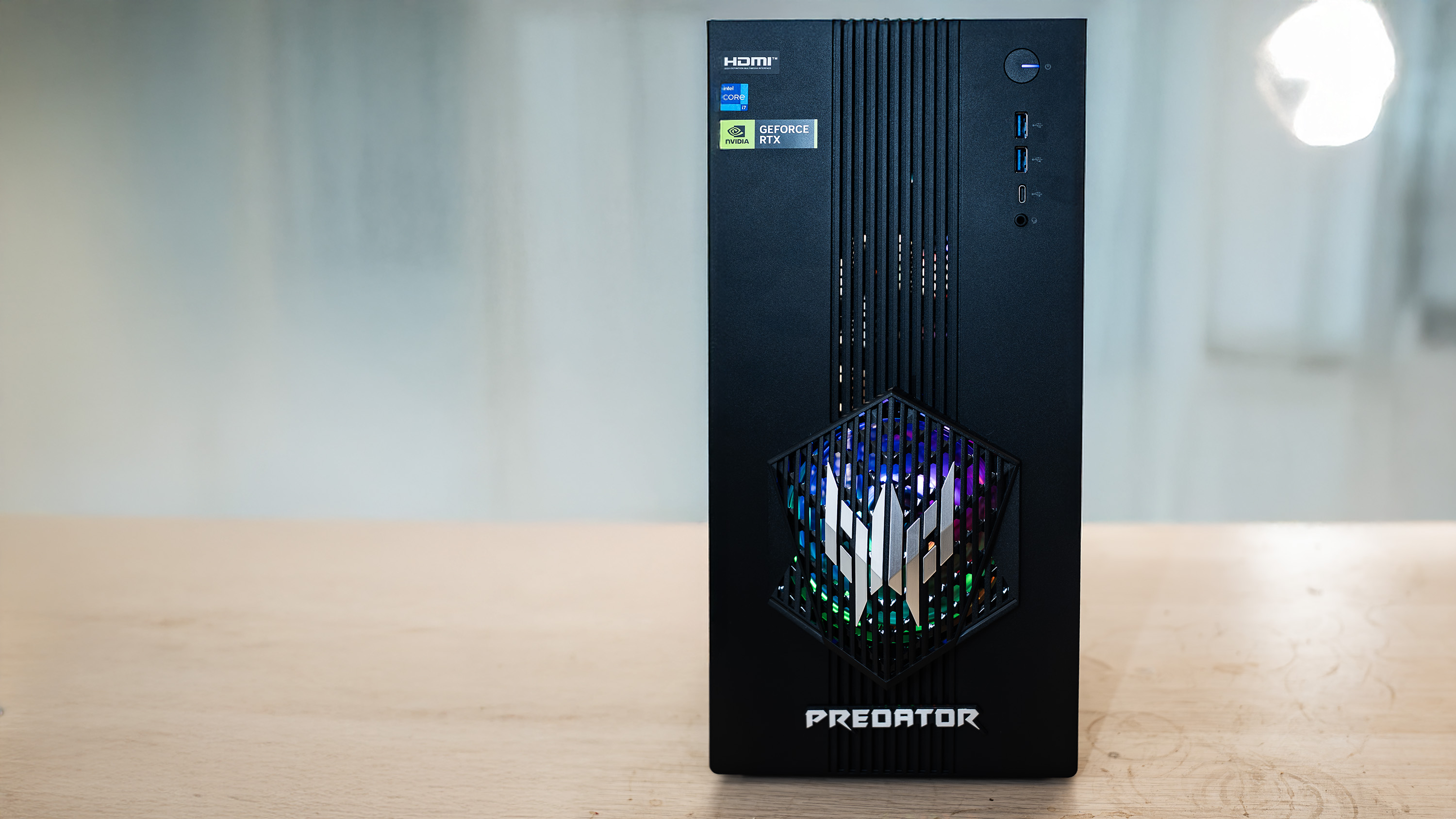Meta shows off two next-gen VR headsets: One with so many pixels it demands DLSS 3 upscaling, the other with a horizontal FOV twice that of the Quest 3
Gimme. Gimme now.

In the world of cutting-edge technology, we rarely get to see the behind-the-scenes research and development that goes on at the biggest companies. But every now and then, some details get dropped that remind you just how much better our current gear and gadgets can potentially be. Meta's VR division has showcased two such examples, codenamed Tiramisu and Boba 3, and if these represent the future of virtual reality gaming, then prepare for your minds to get blown away. And your wallet, sadly.
Meta's Reality Labs Research blog post—titled 'Windows on the Future'—is a little odd, if I'm to be honest. It's written as if a tech journalist was invited to the research facility, to get the skinny on the latest developments, by it's actually from someone who works at Meta. Anyway, that oddness aside, the meat of the post is genuinely great stuff.
First up is Tiramisu: an experimental "hyperrealistic VR" headset. You might think that such a description is nothing but marketing fluff, but the specs tell a different story altogether. It uses micro-OLED display panels and "specially designed refractive viewing optics" to achieve a contrast ratio three times greater than that of the Meta Quest 3.
Brightness is claimed to be 1,400 nits—14 times higher than the Quest 3—which sounds high enough to sear the retinas clean off your eyeballs. But the really impressive spec is the average pixel density. Documents for VR headsets state this as pixels per degree, and for the Quest 3, that's around 26 on average. Tiramisu reaches an almost unbelievable 90.
That's equivalent to the micro-OLED panels having a horizontal resolution of over 7,000 pixels, which is a ludicrous number of pixels for any GPU to process. So much so that Reality Labs says that real-time performance is only possible "thanks to NVIDIA’s DLSS 3." And I'll bet good money on the small print also saying 'and at least one RTX 5090.'

There is no small print, of course, but it's obvious that the Qualcomm processors Meta normally uses for its VR headsets are nowhere near capable of dealing with this kind of resolution. Tiramisu is a very much a prototype device, but it probably only runs on the most powerful of desktop PCs.
Something else that's a bit of a sticking point is the field of view (FOV): it's just 33 x 33 degrees. Reality Labs admits that this is "quite limited" (understatement of the century), but the whole thing is the closest it's got to passing the 'visual Turing test'. This is about having a virtual reality that's indistinguishable from…well…real reality, and this requires super high levels of pixels, brightness, and contrast.
Keep up to date with the most important stories and the best deals, as picked by the PC Gamer team.
It also requires the FOV to match that of human vision—around 200 degrees or so—and Tiramisu is well short of that. Fortunately, Meta's also working on another prototype that gets very close to this.
Now in its third iteration, Boba is a VR headset that boasts a horizontal FOV of 180 degrees and a vertical FOV of 120 degrees (the Quest 3 is 110 and 96, respectively), and it's a considerably sleeker and nicer-looking device than Tiramisu, tipping the scales at 690 grams. And it doesn't exactly skimp on the pixels either, with 4K x 4K panels for each eye.
If that's got all you super excited for nabbing yourself the ultimate VR headset, I'm afraid you'll need to hold your (virtual) horses: "It’s something that we wanted to send out into the world as soon as possible, but it’s not for everyone,” said Yang Zhao, an optical scientist at Reality Lab's sister team Display Systems Research. "It’s not going to easily hit a mass-market price point. And it requires a top-of-the-line GPU and PC system."

I guess that roughly translates to 'Boba 3 will make Apple's headset look like a bargain' and 'Anything less than an RTX 5090 won't cut the mustard'. There are quite a few VR fans in the PC Gamer hardware office, though I'm a relatively new member of the club with a Meta Quest 3S. As much as I enjoy smashing things with a virtual sword or scaling cliffs with pants-filling terror, I'm never quite fully immersed because of the pixel count, contrast, and FOV.
But if Tiramisu and Boba 3 are truly representative of what the future of VR gaming holds, then I can't wait to strap on a Quest 9000 and give up on reality permanently. Let's just hope the gaming PC I'll have by then is up to the challenge. Both of Meta's prototype VR headsets will be showcased at this year's Siggraph event, so if you're heading over, make sure you get to see them in action.

👉Check out our list of guides👈
1. Best CPU: AMD Ryzen 7 9800X3D
2. Best motherboard: MSI MAG X870 Tomahawk WiFi
3. Best RAM: G.Skill Trident Z5 RGB 32 GB DDR5-7200
4. Best SSD: WD_Black SN7100
5. Best graphics card: AMD Radeon RX 9070

Nick, gaming, and computers all first met in the early 1980s. After leaving university, he became a physics and IT teacher and started writing about tech in the late 1990s. That resulted in him working with MadOnion to write the help files for 3DMark and PCMark. After a short stint working at Beyond3D.com, Nick joined Futuremark (MadOnion rebranded) full-time, as editor-in-chief for its PC gaming section, YouGamers. After the site shutdown, he became an engineering and computing lecturer for many years, but missed the writing bug. Cue four years at TechSpot.com covering everything and anything to do with tech and PCs. He freely admits to being far too obsessed with GPUs and open-world grindy RPGs, but who isn't these days?
You must confirm your public display name before commenting
Please logout and then login again, you will then be prompted to enter your display name.

